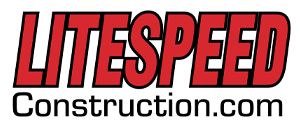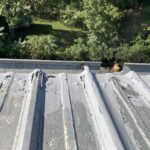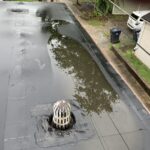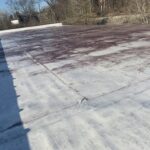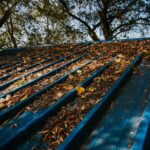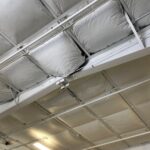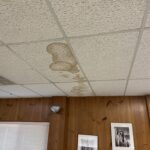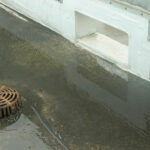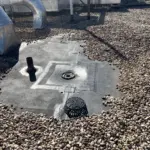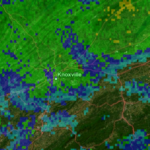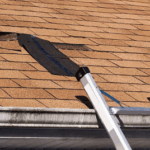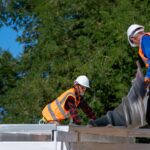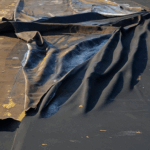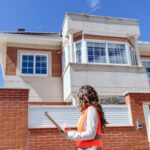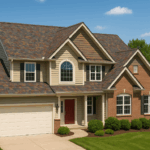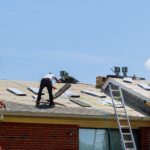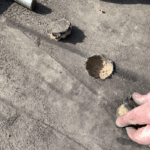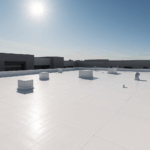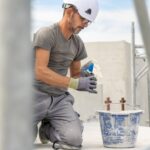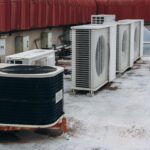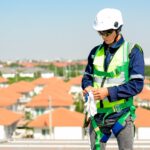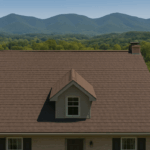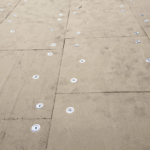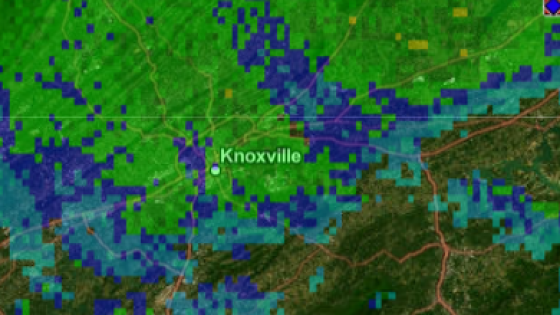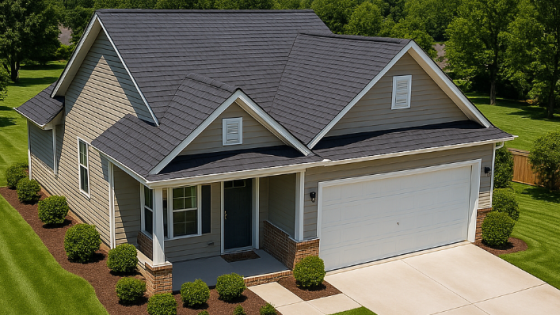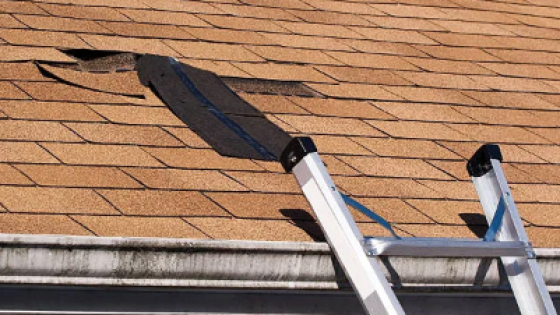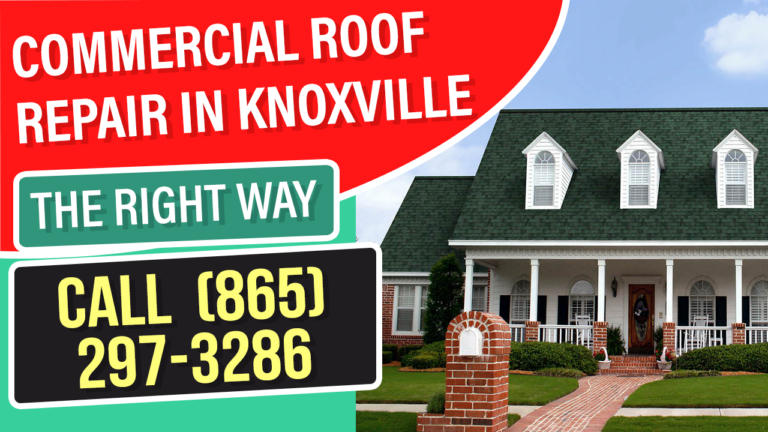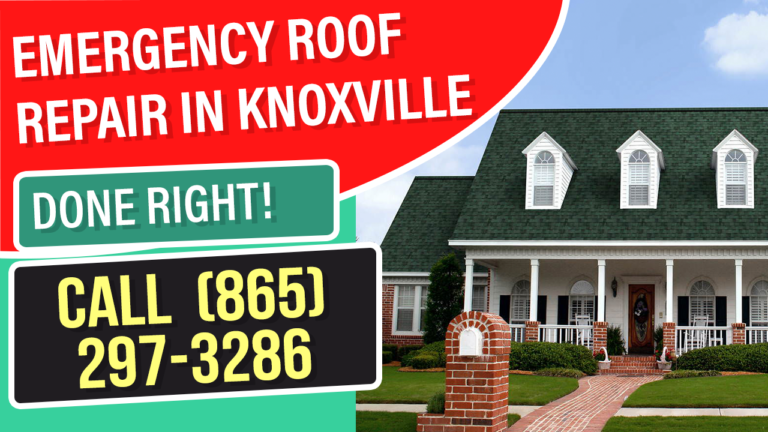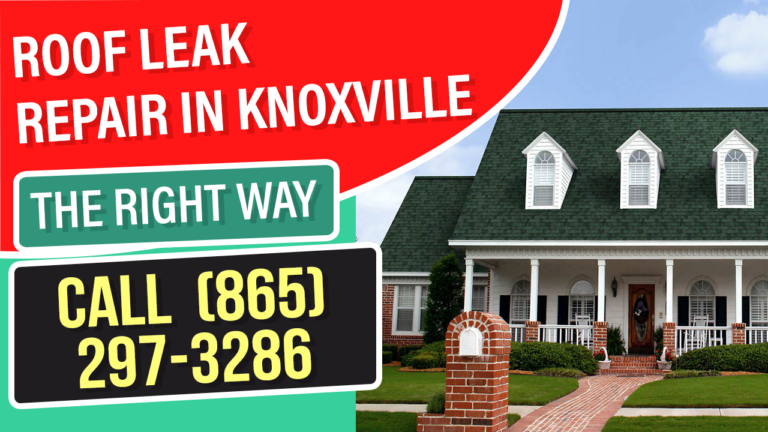Commercial roof inspection is an essential service that ensures the longevity and functionality of your building’s roof. In Knoxville, TN, businesses rely on robust roofing systems to protect their assets and operations from the unpredictable weather. Understanding what a comprehensive commercial roof inspection includes can help you maintain your roof in top condition and avoid costly roof repairs down the line.
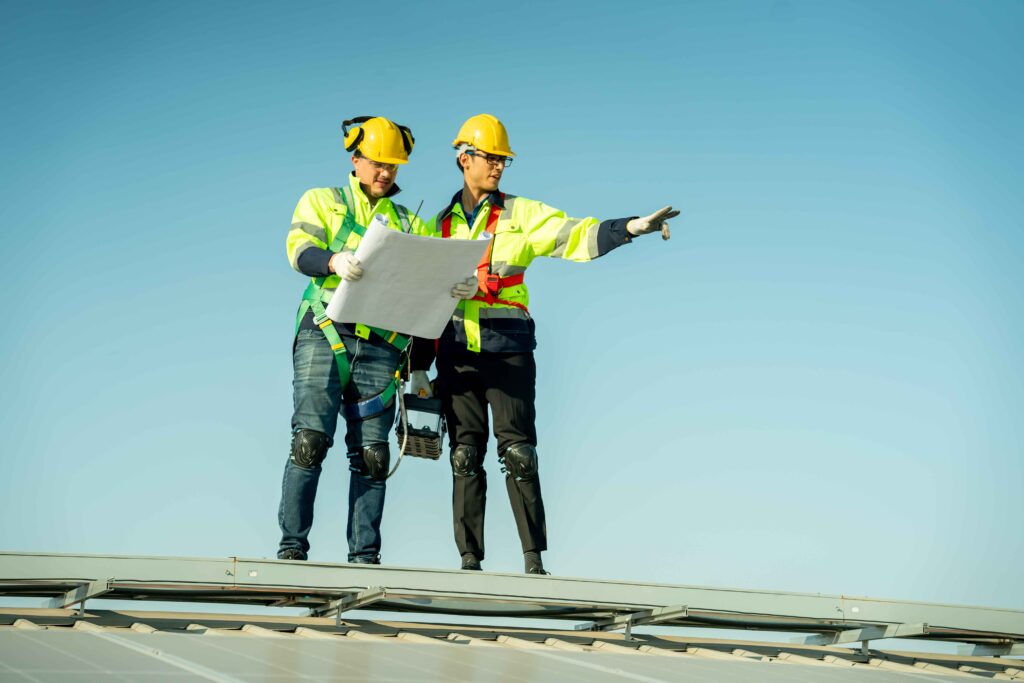
Visual Inspection
The first step in a commercial roof inspection is a thorough visual assessment. Roof inspectors walk the entire roof, looking for visible signs of damage or wear. This includes checking for:
- Cracks and Tears: Inspectors will identify any cracks or tears in the roofing material that could lead to leaks.
- Ponding Water: Areas where water pools on the roof can indicate drainage issues and lead to significant damage if not addressed.
- Membrane Condition: The condition of the roof membrane is checked to ensure it is intact and performing correctly.
- Debris Accumulation: Leaves, branches, and other debris can cause blockages in drainage systems, leading to water damage.
Structural Assessment
A commercial roof inspection also includes evaluating the structural integrity of the roof. Inspectors will assess:
- Decking: The roof deck’s condition is crucial, as any weakness here can compromise the entire roof structure.
- Joists and Supports: These elements are inspected for signs of rust, rot, or any other damage that could affect the roof’s stability.
- Flashings: Inspectors will check the flashings around roof penetrations such as vents, skylights, and chimneys for proper sealing and condition.
Moisture Survey
Moisture is a significant threat to commercial roofs. During the commercial roof inspection, a moisture survey is often conducted using advanced tools like infrared scanners or nuclear meters. This helps detect hidden moisture within the roofing layers that are not visible during a standard visual inspection. Moisture surveys can reveal:
- Wet Insulation: Wet insulation reduces thermal efficiency and can lead to increased energy costs.
- Leaks: Detecting leaks early can prevent extensive water damage and mold growth.
- Deterioration: Identifying areas where moisture has caused deterioration helps in planning repairs or replacements.
Roof Penetrations
Commercial roofs often have several penetrations for HVAC systems, plumbing vents, and other utilities. A detailed commercial roof inspection includes examining these penetrations for:
- Proper Sealing: Ensuring that all penetrations are properly sealed to prevent leaks.
- Condition of Flashings: Flashings around penetrations are checked for wear and tear.
- Signs of Corrosion: Metal components are inspected for rust or corrosion that could compromise the roof’s integrity.
Drainage Systems
Proper drainage is vital for the health of a commercial roof. During a commercial roof inspection, inspectors will evaluate the drainage systems to ensure they are functioning correctly. This includes checking:
Roofing Material
The type and condition of the roofing material play a significant role in the overall health of a commercial roof. A commercial roof inspection includes a close look at:
- Membrane Roofs: Inspecting for punctures, blisters, and seam integrity.
- Metal Roofs: Checking for rust, loose panels, and fastener conditions.
- Asphalt Roofs: Assessing for shingle wear, granule loss, and overall condition.
Safety Features
Ensuring that all safety features are in place and functional is a critical part of a commercial roof inspection. Inspectors will check:
- Guardrails and Fall Protection: Ensuring they meet safety standards and are securely attached.
- Access Points: Ladders and access points are evaluated for safety and ease of use.
- Skylights and Walkways: These features are checked for integrity and safety compliance.
Documentation and Reporting
A professional commercial roof inspection includes detailed documentation and reporting. This report will provide a comprehensive overview of the roof’s condition, including:
- Photographic Evidence: Pictures of any damage or areas of concern.
- Detailed Findings: A written summary of the inspection results.
- Recommendations: Suggested repairs, maintenance, or replacements based on the inspection findings.
Preventive Maintenance Recommendations
A key outcome of a commercial roof inspection is the preventive maintenance plan. Inspectors will recommend:
- Regular Maintenance Schedules: Timelines for routine inspections and maintenance tasks.
- Immediate Repairs: Addressing urgent issues to prevent further damage.
- Long-term Planning: Suggestions for upgrades or replacements to extend the roof’s lifespan.
Benefits of Regular Commercial Roof Inspection
Regular commercial roof inspections offer several benefits, including:
- Extended Roof Lifespan: Early detection of issues can prevent major damage, extending the roof’s life.
- Cost Savings: Preventive maintenance is more cost-effective than major repairs or replacements.
- Safety Assurance: Ensuring the roof is safe for employees and compliant with regulations.
- Energy Efficiency: Maintaining the roof’s integrity improves insulation and reduces energy costs.
Knoxville, TN, Commercial Roof Inspection
In Knoxville, TN, commercial roof inspection is a vital service that helps businesses protect their investments and ensure the safety of their buildings. A comprehensive commercial roof inspection includes visual inspection, structural assessment, moisture survey, examination of roof penetrations, evaluation of drainage systems, assessment of roofing material, safety features check, and detailed documentation and reporting. Regular inspections and preventive maintenance can extend the lifespan of your commercial roof, save costs, and maintain energy efficiency. If you haven’t scheduled a commercial roof inspection recently, now is the time to ensure your roof is in optimal condition.
